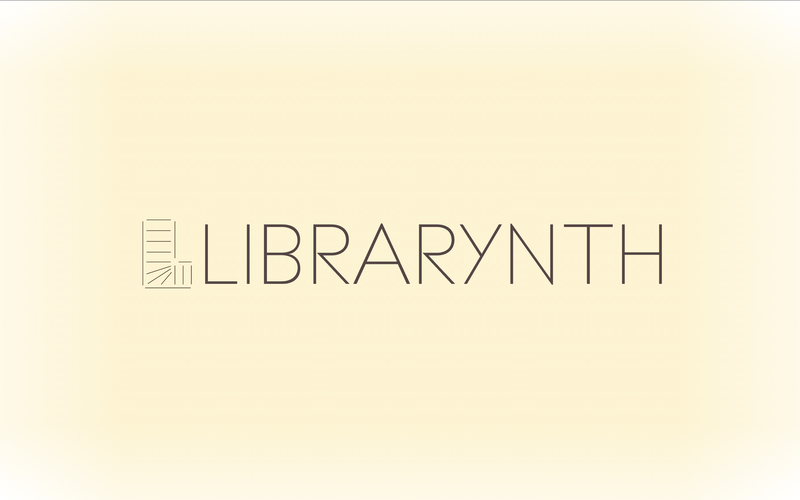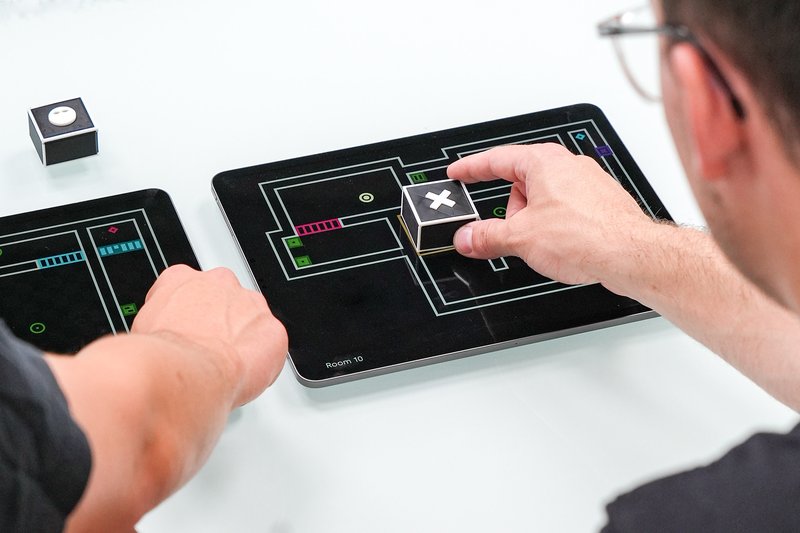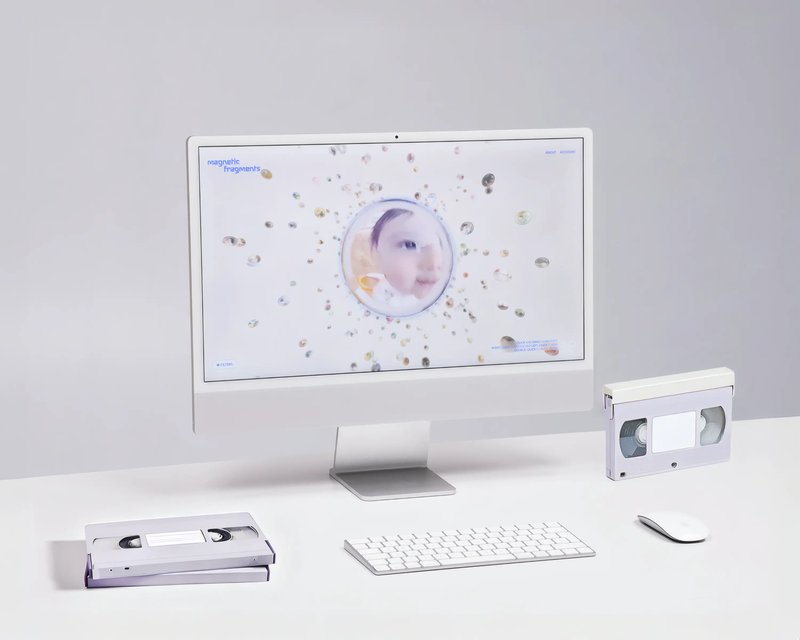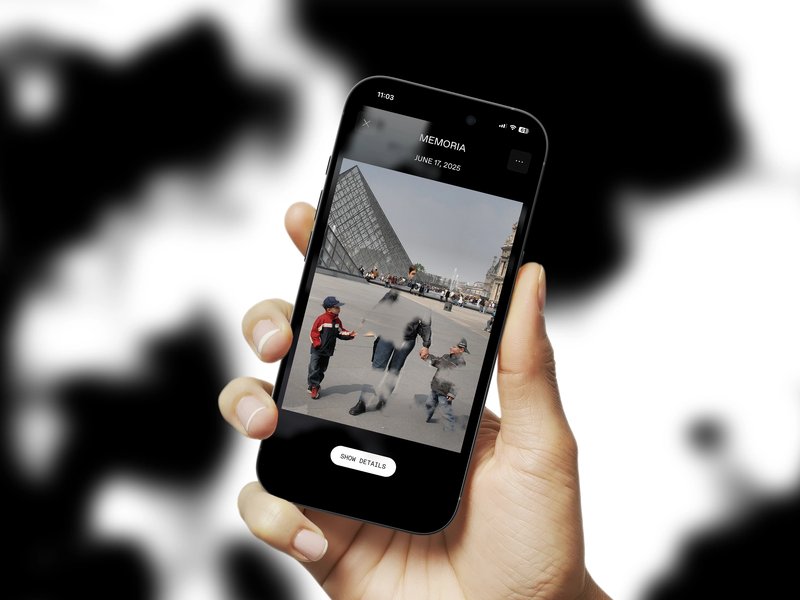
BA GRAPHIC DESIGN
Emilie Müller – Librarynth
by Emilie Müller
It is good to believe that the library is resilient. Not as a relic of the past, but as a presence that reinvents itself, oscillating between the tangible and the intangible. It's not a question of denying the digital, nor of clinging to our yellowed pages. But to understand that if we accept the library as a moving space, an organism that mutates with the times, then its future may not be so bleak. My diploma is a non-linear immersive library, conceived as a virtual house. Each piece evokes one of six themes from the Jan Michalski Foundation's Varia collection. In the form of a web interface, the project celebrates the serendipity inherent in physical libraries, while questioning how digital technology can translate the book experience.













